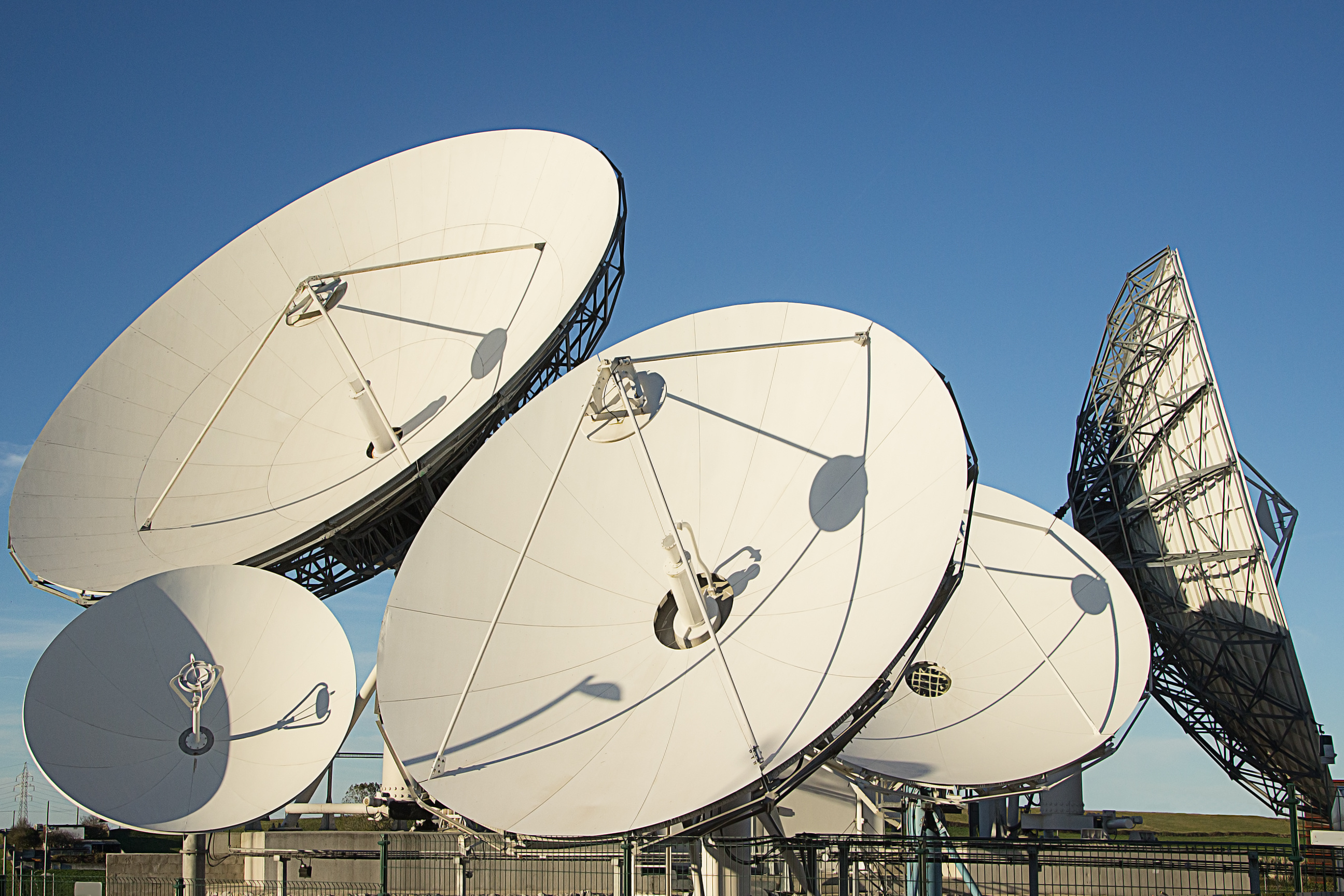The United Kingdom will build the “brain” for the upcoming Square Kilometer Array Observatory, otherwise known as SKAO or SKA. The observatory is part of an ongoing expansion of high-powered telescopes designed to study the early universe. Alongside that goal, the Square Kilometer Array will also be capable of scanning distant galaxies for alien radio signals.
The Square Kilometer Array will give us a portal to the early universe
The upcoming telescope will initially be comprised of 197 dishes and over 130,000 antennas. The array will be located throughout South Africa and Australia. It’s designed to search for both natural and alien-made radio signals. The latter of which would help prove the existence of alien life.
To get the project off the ground, a team of British scientists will create the Square Kilometer Array’s prototype “brain”. The brain, in reality, is a batch of super-powerful software and hardware. It’s all designed to work together and control the biggest radio telescope the world has ever seen. It’s an immense challenge, though, and one that the team isn’t taking lightly.
“We’re talking something like 600 petabytes per year of data coming out of SKA,” Dr. Chris Pearson, an astronomy group leader at RAL Space told BBC News. RAL Space is just one of many members working on the SKA Project.
600 petabytes equate to 600 million gigabytes, which should help put a large amount of data the Square Kilometer Array’s brain will need to handle into perspective. Because so much data will be coming through the system, Pearson says that it is a scaling, processing, and data transfer problem.
What this super-powered telescope is capable of

Much like some of this century’s other grand projects, like the James Webb Space Telescope and the European Extremely Large Telescope (E-ELT), SKA has a lot of potential to open new doors of understanding for astronomers. Not only will it be able to look into the early universe, but it will also be able to pick up on signs of life on distant planets.
This includes the building blocks of life, which we’ve already discovered on Mars, too. Additionally, because the Square Kilometer Array will be so powerful, scientists believe it will help answer questions we still have about dark energy. They also hope it will allow us to discover what made the first stars shine.
Ultimately, the Square Kilometer Array is a stepping stone to learning more about our universe. While this initial brain is just a prototype, the overall capability of the SKA system is unprecedented.
Together with other techs we’ve developed, like the Parker Solar Probe, the James Webb Space Telescope, and NASA’s continued push for space exploration, we are well on our way to learning more about the universe that we call home.








